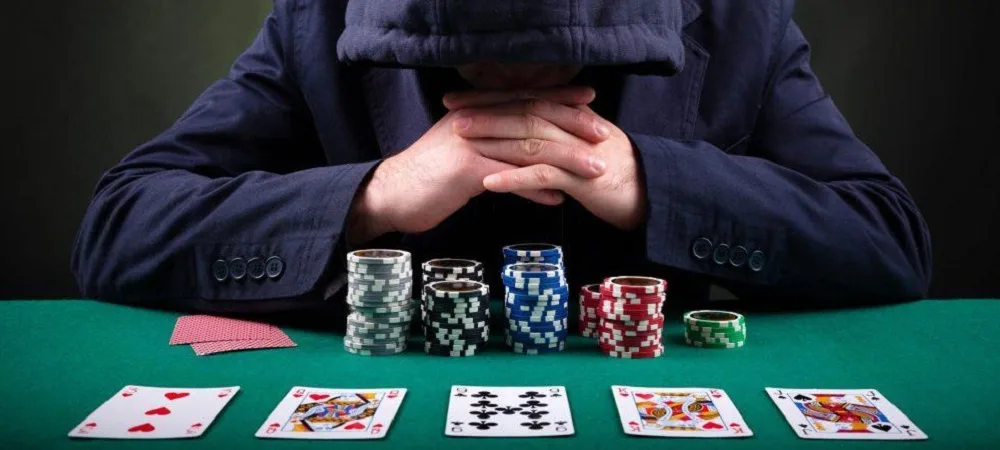
Bluffing in the Digital Age: Psychological Tactics in Online Poker
In the realm of online poker, bluffing ascends beyond mere card play, it becomes an intricate dance of psychology, strategy, and digital prowess. The evolution of poker from the felt tables to the digital landscape has transformed bluffing from a physical act—replete with poker faces and physical tells—to a psychological warfare waged through pixels and probabilities.
The Essence of Bluffing in Online Poker
Bluffing, at its core, is the art of deception. It involves convincing opponents that your hand is stronger or weaker than it actually is. In online poker, where physical tells are absent, players must rely on betting patterns, timing, and historical player behavior to execute and detect bluffs. The effectiveness of bluffing hinges on the player’s ability to weave a credible narrative about their hand through their actions at the virtual table.
Psychological Underpinnings of Bluffing
The psychology behind bluffing in online poker is multifaceted. It taps into cognitive biases, such as the tendency to overestimate one’s own hand or misinterpret an opponent’s actions based on incomplete information. A successful bluffer manipulates these biases, crafting a story that pressures opponents into making mistakes. This psychological game is amplified in the online Winfest Casino, where players are often juggling multiple tables and rely heavily on pattern recognition and quick decision making.
Bluffing Techniques in the Virtual Felt
Bluffing techniques in online poker require a nuanced understanding of the game’s digital context. Semi-bluffs, where a player bluffs with a hand that has the potential to improve, are particularly effective because they provide a safety net. The use of well-timed aggression, such as sudden increases in bet size or strategic all-ins, can also signal strength and intimidate opponents into folding.

Timing: The Silent Communicator
Timing plays a pivotal role in the art of bluffing online. The speed of a player’s actions can inadvertently reveal information. A quick bet might suggest a premeditated move, often associated with strong hands, while a delayed action might imply deliberation or uncertainty. Skilled bluffers exploit timing to either convey confidence or sow doubt, manipulating the pace of play to their advantage.
Varied Bluffing Strategies
Online poker introduces a spectrum of bluffing strategies. From the straightforward bluff, where a player bets heavily on a weak hand, to the more complex float bluff, where a player calls with an inferior hand intending to bluff on a later street, the strategies vary widely. The choice of bluff depends on numerous factors, including table image, opponent tendencies, and the stage of the game.
Bluffing in online poker is not just about the cards one holds, it’s about the stories one tells and the pressures one applies. This requires a deep understanding of the psychological underpinnings of the winfest casino game, a keen sense of timing and the ability to adapt strategy on the fly. In the digital age, where every click can be a feint or a tell, mastering the art of bluffing is crucial for anyone aspiring to excel in the virtual poker arenas. This digital duel of wits and nerves continues to evolve, reflecting the ongoing sophistication and complexity of online poker.
